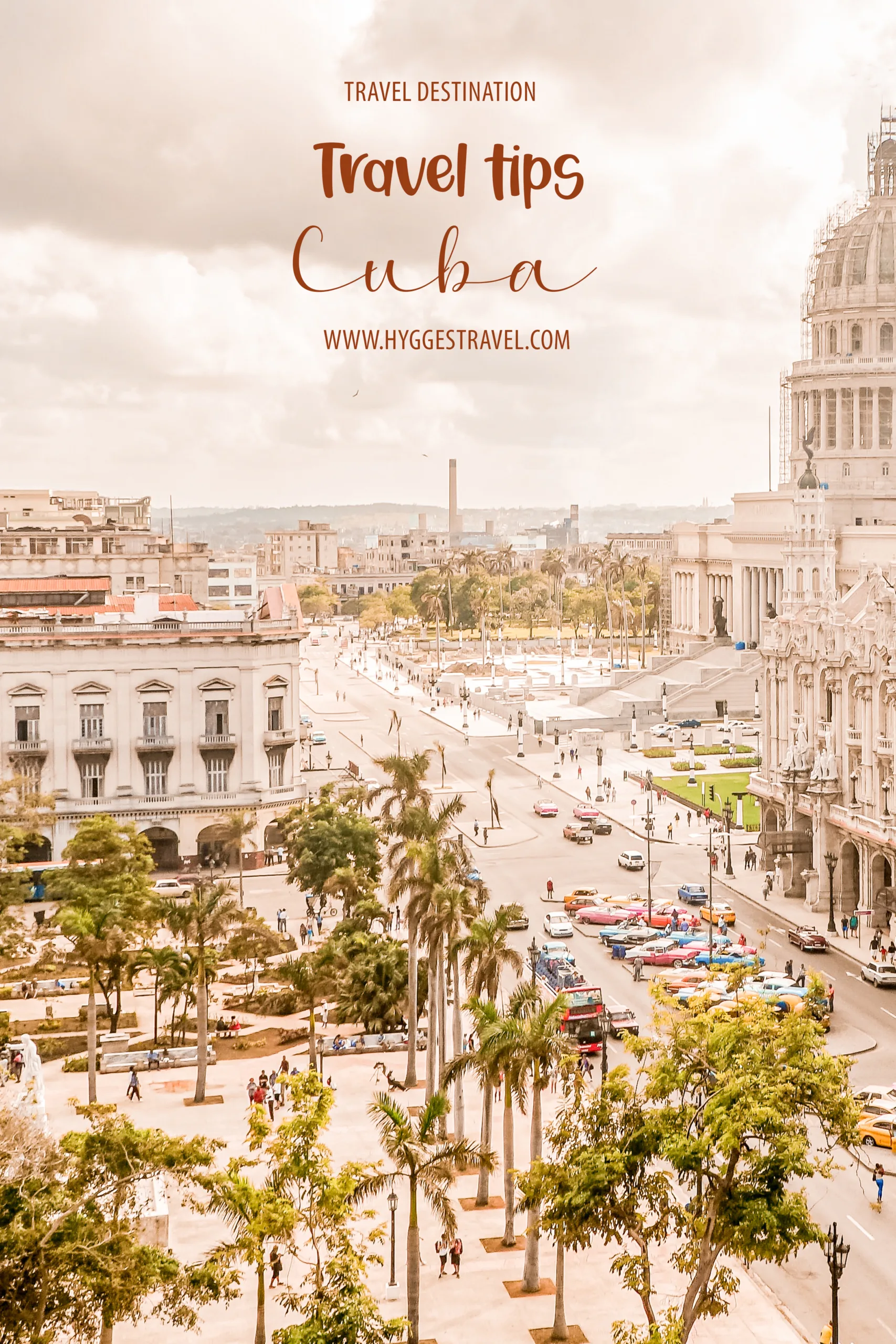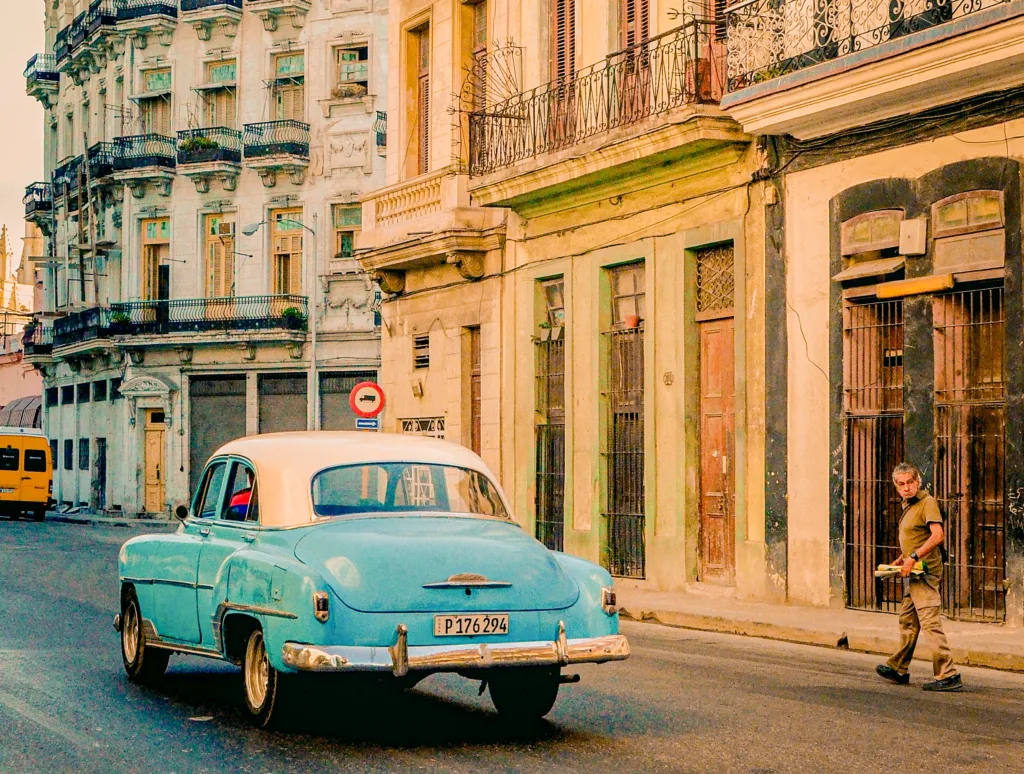If you’ve landed here, chances are you’re seeking travel tips for Cuba, aka your next Caribbean paradise adventure. Being avid travelers, we totally get the excitement. Cuba has been on our travel wishlist for quite some time. Whether it’s the allure of resorts, the rhythm of live music, or the charm of vintage cars, we’re just a click (and a bit of cash) away from booking our flights.
For those of you thinking about going to Cuba, and even for those who’ve already secured their tickets, this article is tailor-made for you. We aim to offer five essential travel tips and insights that can significantly enhance your experience in Cuba. Ready to dive in? Let’s get started!
5 Practical travel tips for Cuba
1. Check the Visa and entry requirements
To ensure a smooth entry into Cuba, it’s important to be aware of the visa and entry requirements. Most travelers will need a tourist visa, also known as a “tourist card” or “Cuban visa.” These can be obtained through Cuban embassies or online visa services. And, as for every other travel abroad, you will need a valid passport with at least six months’ validity from your date of entry. It’s advisable to check the latest requirements before your trip to avoid any unforeseen complications. These information could be checked through the Cuba travel portal website in which you could also find all the necessary details for your evisa application.


2. Pack all the travel essentials
In the 1960s, the US imposed a trade embargo on Cuba, restricting exports and contributing to the perception of the nation as “lost in time”. Travelers to Cuba often feel the impact of this long-standing embargoes, facing occasional shortages of essential items like over-the-counter medications and toiletries. Which is why, packing travel essentials is definitelty on the top of our travel tips to Cuba. It ensures you have everything you might need and you allows to easily adapt to unexpected challenges.
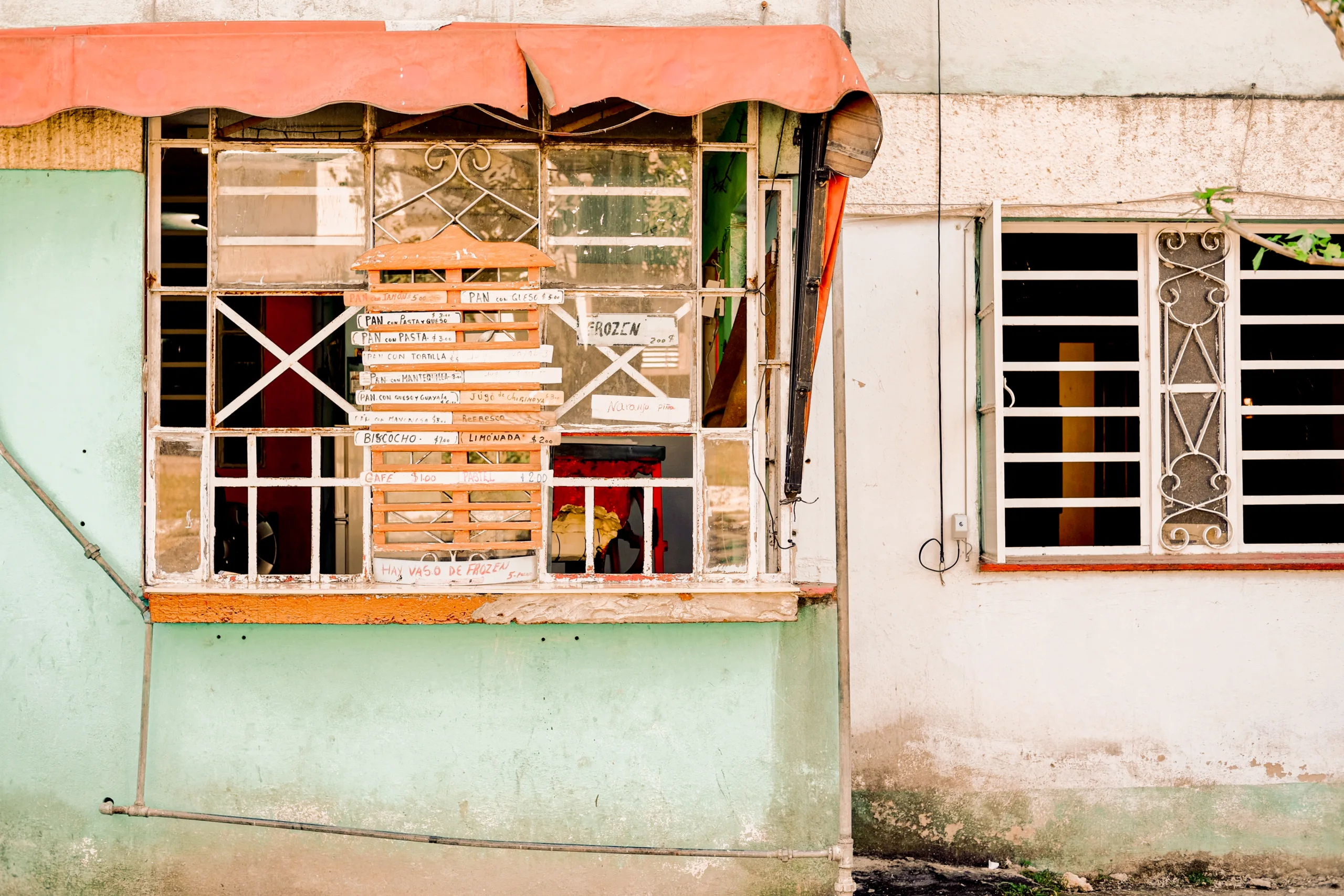

From medications to toothpaste, it’s wise to bring everything you might need. Keep in mind that toilet paper shortages can occur in Cuba, mostly outside resorts. Having a compact pack of travel-size tissues can be a handy addition to your suitcase.
Electricity in Cuba operates at 110 volts. So, if you’re visiting from Europe, remember to bring an adapter for your electronics. For water safety measurements, having a filtering water bottle is a smart move. It allows you to source water from various places, including taps and rivers, then filter it for safe consumption.
As for your clothing, the climate is generally hot. Any lightweight item such as t-shirts and shorts would do the trick. However, occasional cold spells and rain may surprise you, so pack a sweater and a light rain jacket to stay prepared.
3. Currency exchange and cash
Cuba operates on a dual currency system.
The Cuban Convertible Peso (CUC) primarily used by tourists. And the the Cuban Peso (CUP) being the local currency. From what I have seen, it is recommended to exchange your currency into CUC upon arrival at currency exchange offices, known as “CADECA,” which are available at airports, hotels, and major cities.
It’s advisable to carry cash, as credit and debit cards issued by non-Cuban banks may face limitations. To be noted: U.S. dollars are subject to an additional exchange fee, so it’s better to bring euros, Canadian dollars, or British pounds.


4. Accommodation: Casas Particulares and Hotels
When it comes to accommodation in Cuba, you have two primary options: casas particulares and hotels.
Casas particulares are privately owned bed and breakfasts that offer an authentic glimpse into Cuban life. Staying in a casa particular allows you to connect with friendly locals, receive valuable insider tips, and enjoy a unique cultural experience.
Hotels, ranging from luxurious resorts to budget-friendly options, are available throughout the country, particularly in major tourist destinations.
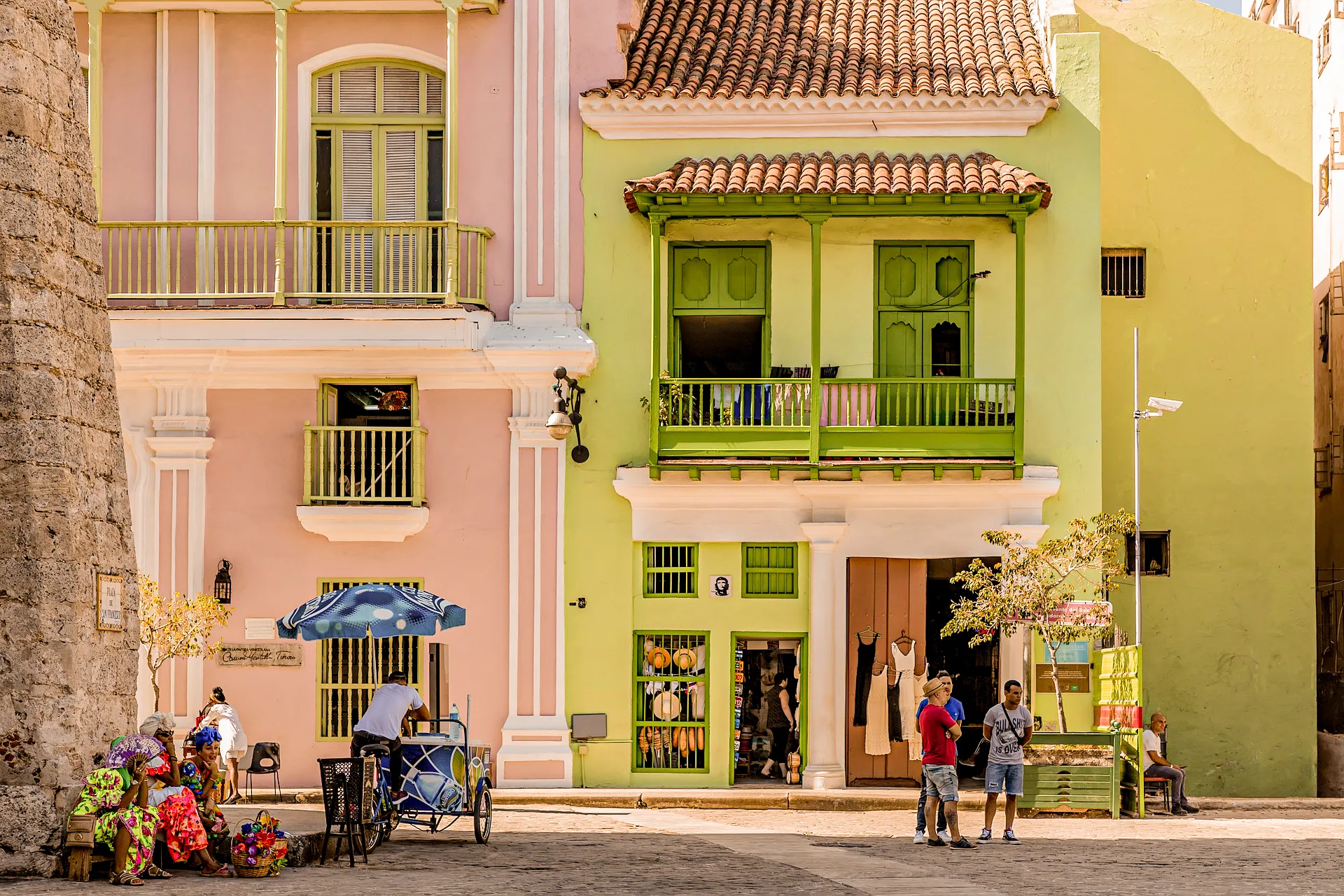

Ps: Renting rooms through Casas particulares is a safe and legal practice. You can secure your accommodation by exploring options on platforms like Airbnb. For multi-destination trips, simply inquire with your host, and they’ll coordinate your next casa, guaranteeing better rates for your travel journey.
5. Travel tips to Cuba must know, transportation!
To travel around Cuba, many transportation options.
For an economical travel, you could consider using the Viazul bus service. Just keep in mind to plan ahead and book tickets in person a few days prior, as they tend to sell out quickly. Note that the bus journeys may be long due to frequent stops, it’s advisable to note down your planned routes as Wi-Fi isn’t a reliable service within the country.
If bus ticket availability becomes challenging, shared taxis can be an alternative. Known “colectivos “, they are typically the old classic American cars from the 1950s, locally referred to as “almendrones,” . Needless to say, these are iconic symbols of Cuba and offer a nostalgic way to travel around. In case you were travelling shorter distances within cities, bicycle taxis and “coco taxis” (three-wheeled scooter taxis) are popular choices.
You can visit The taxis colectivos Cuba website, if you are willing to book a taxi in advance, or ask your host to call for one. In both cases, always negociate the prices.
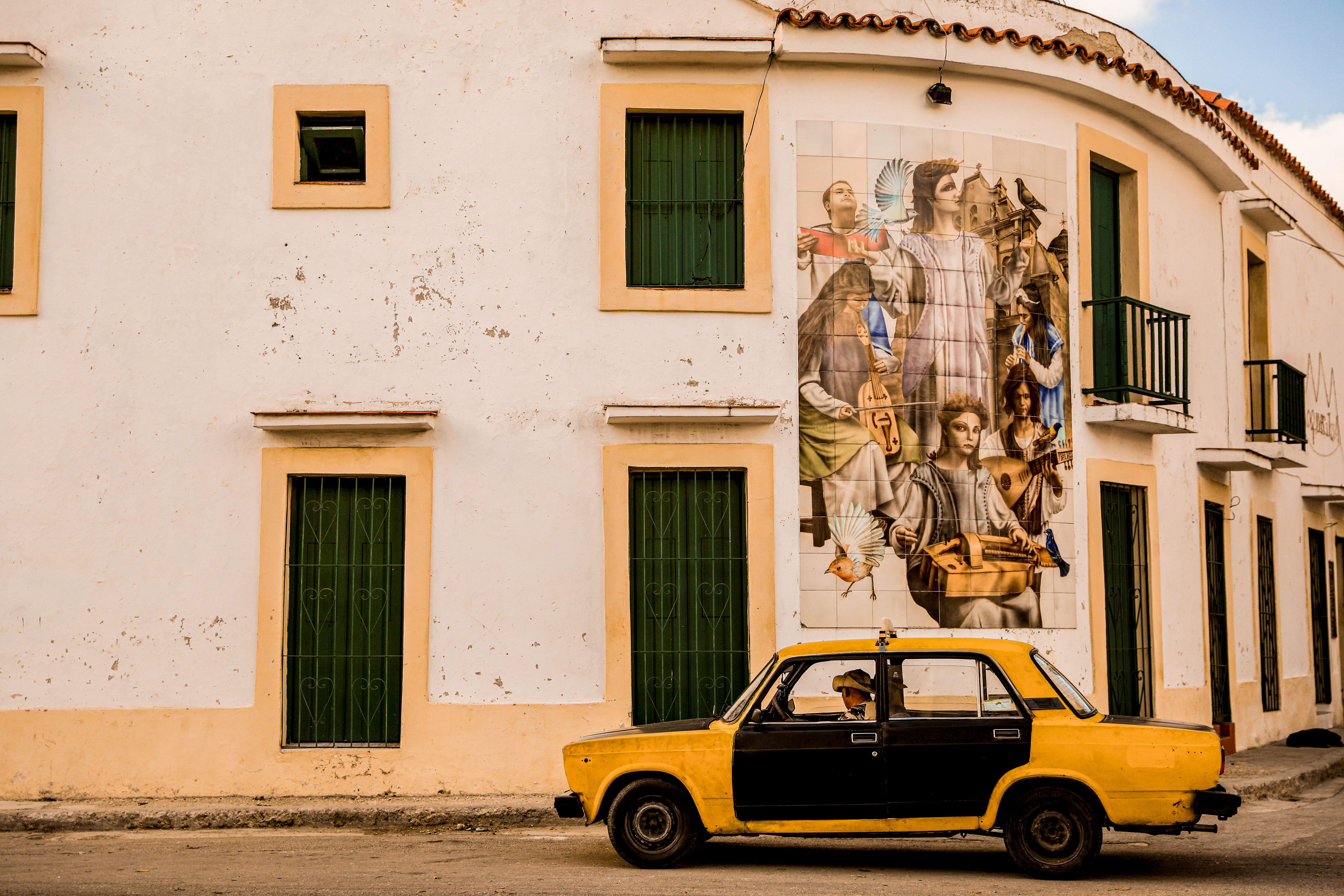

We have still got some extra travel tips for Cuba
As you might have guessed, Internet connectivity in Cuba is often unpredictable, making it challenging to rely on. Always be prepared for the possibility of being unplugged, but fear not! There are alternative ways to stay connected. Consider purchasing a NAUTA card for a reliable internet connection or utilize desktop computers available in hotels. Alternatively, if the roaming rates from your home country are reasonable, opting for roaming services can be a convenient solution to stay connected while immersing yourself in the beauty of Cuba.


Picture this: you, in the heart of Cuba, with the world at your fingertips, thanks to your ever-dependable phone. But here’s the catch – WiFi and power glitches might just throw a little curveball into your digital plans. Given these possible circumstances, we recommend you to pack a trusty travel guide. Not just any guide, though – one that has maps, bus routes, and all those Google moments you might need on the way. So, when the WiFi plays hard to get, you’ll have your travel guide, your steadfast companion.
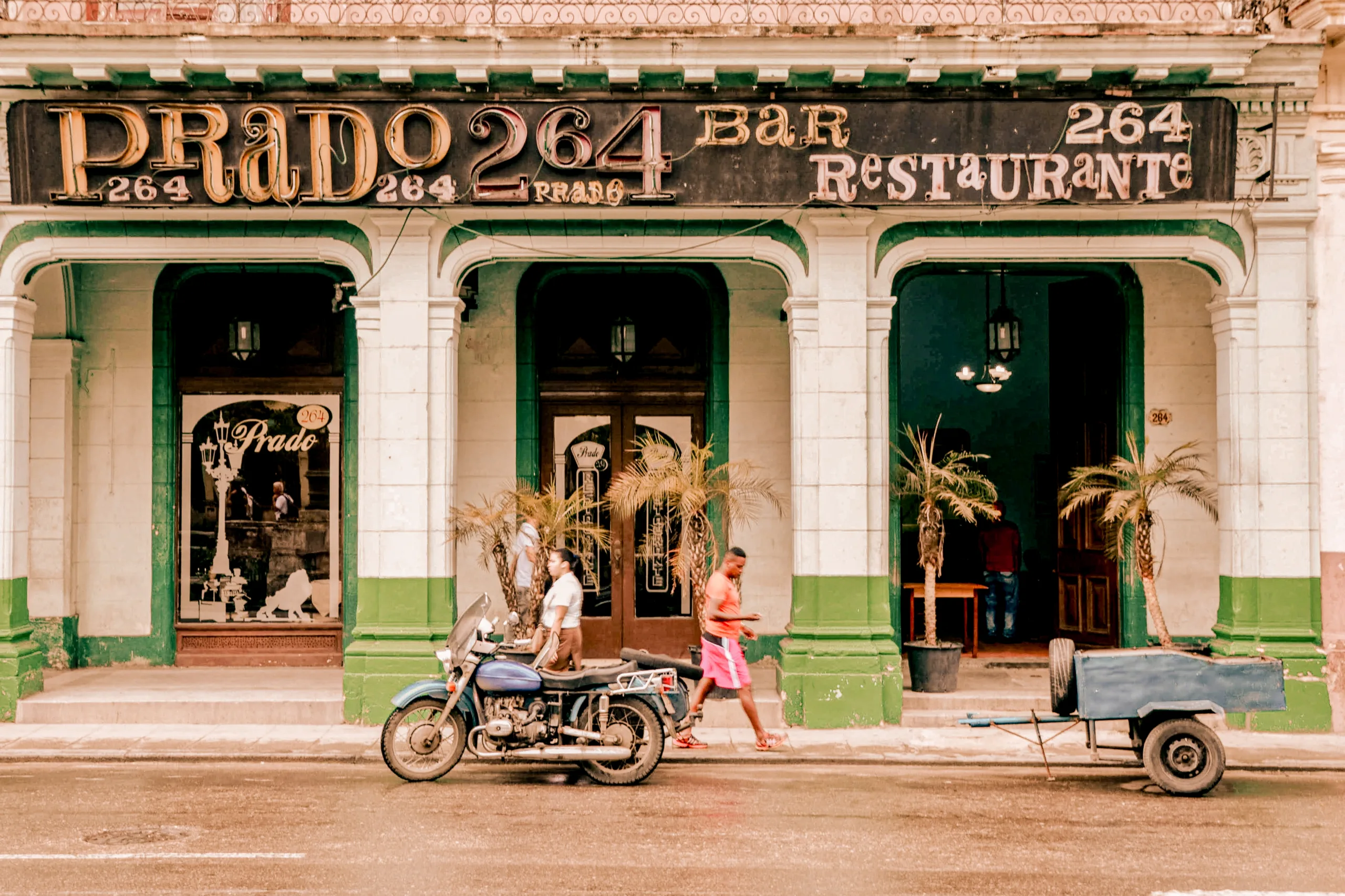

Like numerous other travel hotspots, Cuba has witnessed a noticeable overtourism pattern. Hence, when planning to visit Cuba, consider the off or shoulder season, spanning from April to October. During this timeframe, the tourist influx typically drops, offering a chance for a less crowded travel experience.


As we conclude our Cuba travel tips article, we leave you with one of our guiding mantra: true discovery lies beyond the well-trodden trails. To make your travel to Cuba truly special, explore off the beaten path (of course where advisable). And as you pack your bags, make sure your checklist is all ticked and get ready to live the magical essence of this Caribbean Island.
No time to read now?
No worries! Save on Pinterest to read later.


